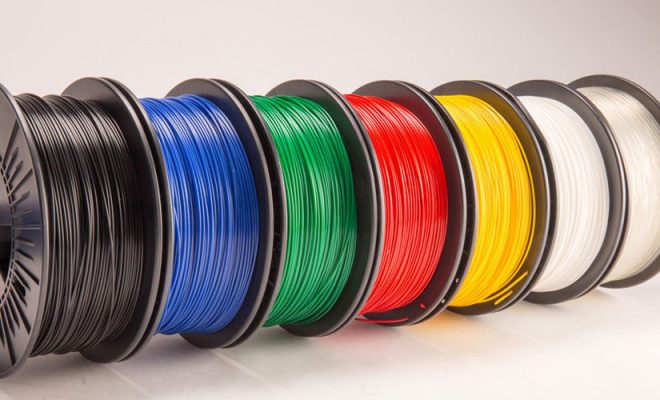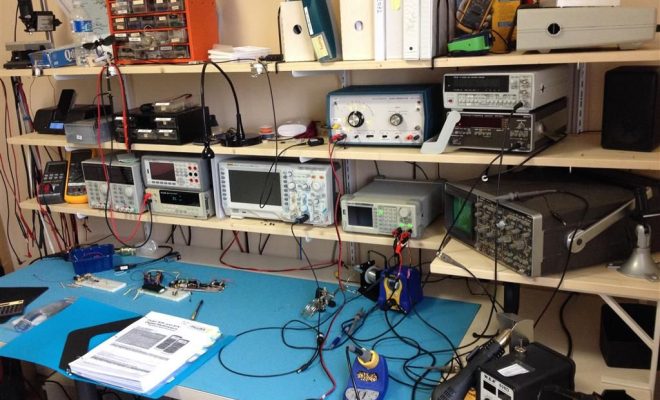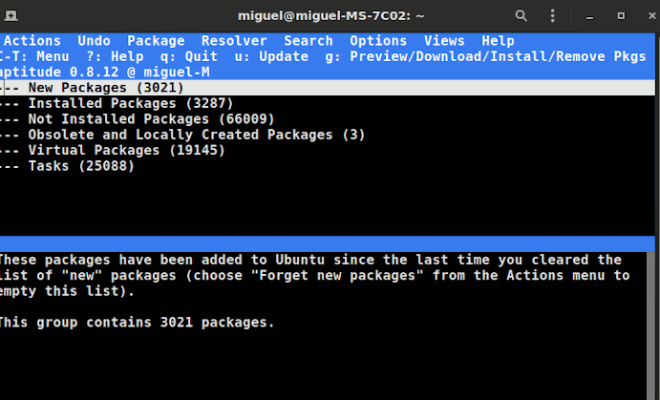Start Your Project Off Right With the Best 3D Printing Filament

In the world of 3D printing, using the right filament is key to the success of any project. Choosing the best filament can make all the difference between a mediocre or failed print and a flawless, high-quality one. With so many options available, it can be challenging to know which filament is best suited for your 3D printing project.
Here is a guide to help you choose the best filament for your next 3D printing project.
1. PLA Filament
PLA filament is the most commonly used 3D printing filament, and for good reason. It is a biodegradable and easy-to-use filament that works for a variety of applications. It is made from renewable resources, such as corn starch or sugar cane, which makes it an eco-friendly choice. PLA filament is known for its glossy and smooth finish, and it is also available in a range of vibrant colors.
2. ABS Filament
ABS filament is a durable and strong filament that can be used for a wide range of applications. This filament is known for its toughness and resilience, making it ideal for manufacturing parts that require extra strength. It is also a filament that is widely used in commercial 3D printing applications.
3. PETG Filament
PETG filament is one of the most versatile 3D printing filaments available, making it a great choice for a wide range of applications. PETG is a strong, durable, and impact-resistant material that is also flexible and transparent. It is perfect for creating parts that require extra strength, such as mechanical and engineering applications.
4. Nylon Filament
Nylon filament is known for its strength and durability, making it ideal for industrial and mechanical applications. It also has excellent flexibility and abrasion resistance, which makes it perfect for parts that undergo heavy use. Nylon filament is also water-resistant, making it ideal for parts that will be used outdoors.
5. TPU and TPE Filament
TPU (Thermoplastic Polyurethane) and TPE (Thermoplastic Elastomer) filament are both flexible and rubber-like materials that can be used for a variety of applications. TPU and TPE filaments are perfect for creating parts that require flexibility and elasticity, such as phone cases or rubber feet for electronic devices.
In conclusion, choosing the right filament for your 3D printing project can be a daunting task. However, if you consider the properties of each filament and how they will interact with your project, you can make a well-informed decision. The five filaments mentioned in this article are some of the best options for 3D printing, providing strength, durability, flexibility, and ease of use. Choose the filament that best suits your application, and start printing!






